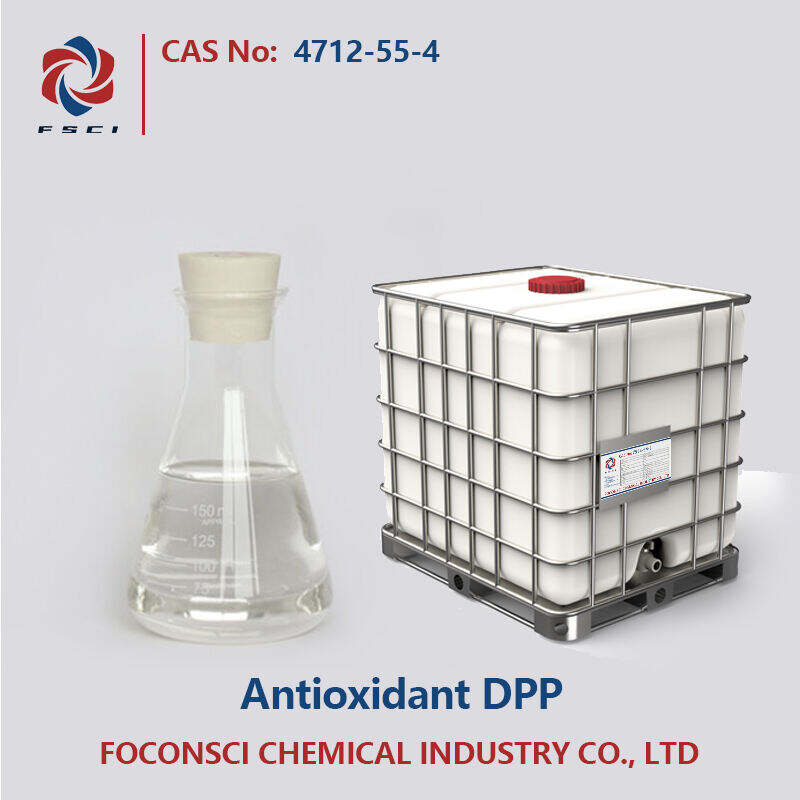Plastics are a vital component of almost every sphere of human activity from beauty products to automotive and aerospace components. Yet, aging of plastic materials or deterioration by different environmental phenomena over time—remains a major problem. This article gives three main reasons and solutions to the plastic aging problems and suggests the best antioxidants available, for preventing such issues.
Understanding Plastic Aging
Plastic aging, mostly occurs through exposure to environmental factors like UV light, oxygen, and heat. These factors as time passes, make the material discolored, brittle and there is a gravitation loss of most mechanical properties. Free radicals act as instigators of the degradation processes. These free radicals act on the structure of the polymer molecules, leading to a series of detrimental events. In order to target plastic aging more skillfully, it is important to know the mechanisms and also the potential targets.
Step 1: Initial Screening and Material Selection
The very first step for solving the problems regarding plastic aging is to conduct specific screening of the materials to be utilized. Environmental factors have different effects upon different polymers. Take for example, while most polyethylene are prone to UV degradation quite a lot, polycarbonates are more hardy but can still be subjected to photo oxidative deterioration. Material selection should be tailored towards the application in question and the expected environmental conditions in which the plastic will be used.
Screening should include accelerated aging tests, which are tests that try to predict over a short period of time, the performance of material over an extended period of usage in a natural environment. This information is useful in a selection of polymers to suit the desired application as it gives valuable information on material behavior under different stressors. And the these can help make better judgment on the number of antioxidants and other stabilizers to be incorporated.
Step 2: Choosing the Right Antioxidants
Having identified the right material, the next task is how to select the right antioxidants. Antioxidants are important in postponing the aging process as they work directly on free radicals to neutralize them or inhibit their activity. Antioxidants are further categorized into primary and secondary which are operatively referred to as radical scavengers and hydro peroxide decomposers.
Primary Antioxidants: These antioxidants perform warm-up type activity such as hindered phenols and aromatic amines. They hunt chelating transition metals optimizing oxygen consumption in the beginning phases. Some examples are butylated hydroxytoluene (BHT) and diphenyl amine and some hindered amines HALS such as Hindered Amine Light Stabilizers.
Secondary Antioxidants: Phosphite and thioether esters are such types of compounds which suppress hydroperoxides into nonradical cleavages avoiding the forward steps of the oxidative chain mechanism. A common secondary antioxidant used is tris (2,4-di-tert-butylphenyl) phosphite, branded as Irgafos 168 and distearyl thiodipropionate.
Step 3: Optimizing Formulation and Processing
After identifying the most efficient antioxidants, the next critical task is to optimize the formulation and the processing parameters. This involves finding out the adequate number of antioxidants required as well as the best parameters for the polymer dispersion of the antioxidants. Either loading too much or too little of the antioxidants can also prevent optimal performance in either destruction of the physical behaviors of the material or failure of succeeding in providing efficient protection.
Other processing parameters such as temperature, extrusion speed and mixing time are also of great importance on the effectiveness of the antioxidants. Excessive temperatures of processing can lead to the disintegration of the antioxidants before they are utilized, while inadequate mixing can lead to improper dispersion of the antioxidants leading to weak points which are more prone to age.
Recommendations for Specific Applications
Each application requires a specific approach in terms of the antioxidant provided. For example, packaging materials that are exposed to sunlight should be fitted with UV stabilizers in addition to antioxidants. Given the parameters mentioned above, automotive parts can also use internal high melting point antioxidants along with secondary stabilizers.
Thin films and fibers are expected to have more dispersive low molecular mass antioxidants whereas thick and more rigid plastics are envisioned to have high molecular mass plug-in antioxidants for long-term protective effects. HALS are easily the best option for outdoor use since they do not degrade under UV light.
Conclusion
Dealing with the plastic problem from the aging aspect is complex in its nature and requires a strategic approach. By adhering to the three steps of screening and selection of the materials, selecting the right antioxidants for the materials, and optimizing the materials in formulation and processing, the life and performance of plastic products can be enhanced greatly by the manufacturers. The best antioxidants for plastics that are suited for particular applications are chosen in such a way that the plastics are able to perform and serve their functions and retain their appearance even in extreme conditions of use.


 EN
EN
 AR
AR
 BG
BG
 HR
HR
 CS
CS
 DA
DA
 NL
NL
 FI
FI
 FR
FR
 DE
DE
 EL
EL
 HI
HI
 IT
IT
 JA
JA
 KO
KO
 NO
NO
 PL
PL
 PT
PT
 RO
RO
 RU
RU
 ES
ES
 SV
SV
 TL
TL
 IW
IW
 ID
ID
 LV
LV
 LT
LT
 SR
SR
 SK
SK
 VI
VI
 HU
HU
 TH
TH
 TR
TR
 GA
GA
 CY
CY
 KA
KA
 LA
LA
 MN
MN
 KK
KK
 LB
LB


